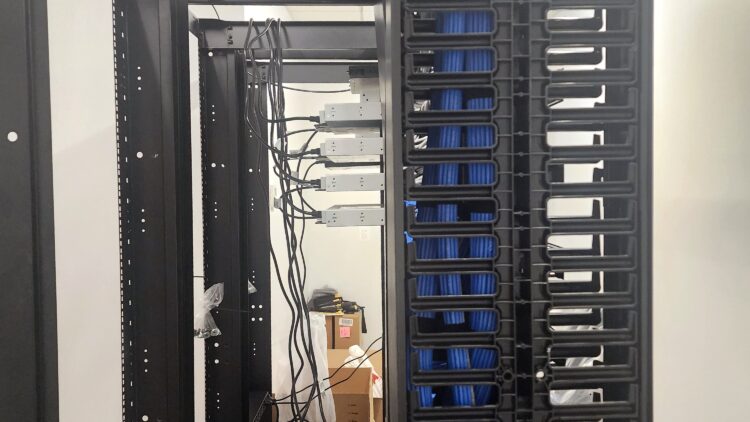The Essential Guide to Commercial Cat6 Wiring
Choosing the right wiring solution is crucial when setting up a reliable and efficient network infrastructure for your commercial space. In today’s digital age, businesses heavily rely on a fast and stable internet connection to carry out their day-to-day operations. One popular choice for commercial networking is Cat6 wiring. This blog post will explore the benefits and considerations of using Cat6 wiring in retail.
What is Cat6 Wiring?
Cat6, short for Category 6, is an Ethernet cable commonly used for high-speed internet connections. It is an upgrade from its predecessor, Cat5e, and provides faster data transfer rates and better performance. Cat6 wiring is designed to support bandwidths of up to 10 gigabits per second (Gbps) and can transmit data over longer distances without significant signal loss.
The Benefits of Cat6 Wiring for Commercial Spaces
1. Faster Data Transfer: One of the primary advantages of Cat6 wiring is its ability to handle higher data transfer speeds. This makes it ideal for businesses that require quick and reliable internet connections, such as those dealing with large file transfers, video conferencing, or data-intensive applications.
2. Improved Performance: Cat6 wiring offers better resistance to crosstalk and electromagnetic interference (EMI), resulting in a more stable and reliable network connection. This is especially important in commercial environments where multiple devices simultaneously connect to the network.
3. Future-Proofing: Investing in Cat6 wiring ensures your network infrastructure can support future technological advancements. As businesses continue relying on faster internet speeds and increased data transfer rates, Cat6 wiring provides a solid foundation to accommodate these growing demands.
Considerations for Installing Cat6 Wiring
1. Professional Installation: To ensure the optimal performance of Cat6 wiring, hiring a professional network cabling company is recommended. They have the expertise and experience to install and terminate the cables properly, minimizing the risk of signal loss or performance issues.
2. Cable Length: While Cat6 wiring can transmit data over longer distances than its predecessors, it is stillessentialt to consider the maximum recommended cable length of 55 meters. Beyond this distance, signal degradation may occur. If your commercial space requires longer cable runs, it is advisable to use network switches or repeaters to maintain signal integrity.
3. Compatibility: Before investing in Cat6 wiring, ensure that your networking equipment, such as routers, switches, and network adapters, is compatible with Cat6 standards. Using Cat6 cables with older equipment may not fully utilize the benefits of the wiring and could result in limited performance.
When setting up a reliable and high-performance network infrastructure for your commercial space, Cat6 wiring is an excellent choice. Its faster data transfer rates, improved performance, and future-proofing capabilities make it ideal for businesses that require a robust and efficient network connection. Considering the installation process, cable length, and equipment compatibility, you can ensure a seamless implementation of Cat6 wiring in your commercial environment.
Remember, for the best results, consult a professional network cabling company that can provide expert advice and installation services tailored to your needs. With Cat6 wiring, you can future-proof your commercial network and stay ahead in today’s digital landscape.
Progressive Office Cabling
Founded in 1986, Progressive Office’s success is a direct result of years of commitment to seeking cost-effective solutions. Progressive teams are committed to installing and operating your data cabling, access control, and telecom systems while minimizing disruption and downtime. Call our toll-free number (800) 614-4560 today.

